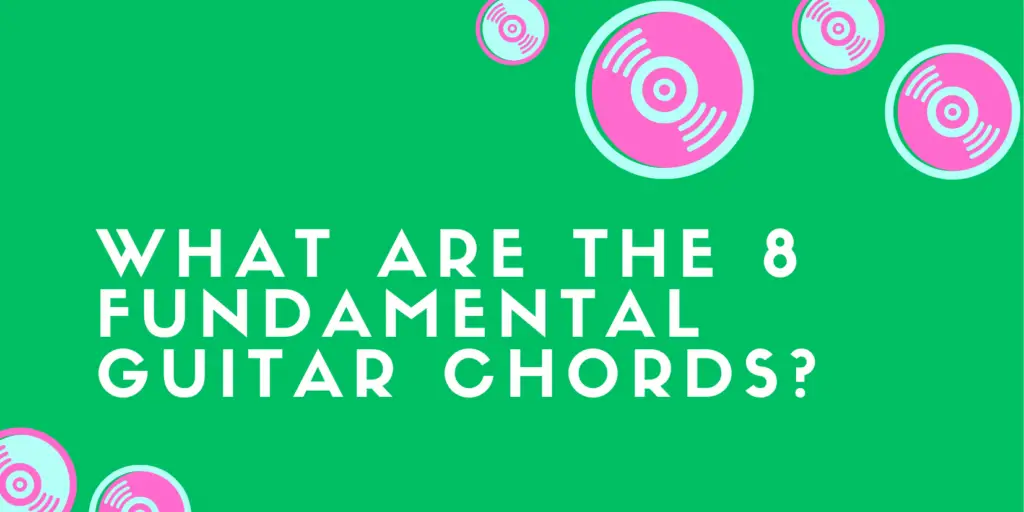Learning to play the guitar is an exciting journey, and it all starts with mastering fundamental chords. These chords lay the foundation for countless songs and are essential for any aspiring guitarist. In this article, we’ll introduce you to the eight fundamental guitar chords that are crucial for beginners. Once you’ve got these down, you’ll be well on your way to playing your favorite songs.
- C Major (C)
The C major chord is one of the first chords many beginners learn. It’s played by placing your first finger on the first fret of the second (B) string, your second finger on the second fret of the fourth (D) string, and your third finger on the third fret of the fifth (A) string. Strum from the fifth (A) string down, avoiding the low E string.
- D Major (D)
The D major chord is played by placing your first finger on the second fret of the third (G) string, your second finger on the second fret of the first (high E) string, and your third finger on the third fret of the second (B) string. Strum from the fourth (D) string down, avoiding the low E and A strings.
- E Major (E)
The E major chord is a staple in many songs. Place your first finger on the first fret of the third (G) string, your second finger on the second fret of the fifth (A) string, and your third finger on the second fret of the fourth (D) string. Strum all six strings.
- G Major (G)
G major is another essential open chord. Position your first finger on the second fret of the fifth (A) string, your second finger on the third fret of the sixth (low E) string, and your third and fourth fingers on the third fret of the first (high E) and second (B) strings, respectively. Strum from the sixth (low E) string down, avoiding the fifth (A) string.
- A Major (A)
The A major chord is simple and versatile. Use your first, second, and third fingers to fret the second, third, and fourth strings on the second fret, respectively. Strum from the fifth (A) string down, avoiding the low E string.
- E Minor (Em)
E minor is an easy transition from the E major chord. Simply lift your second and third fingers off the fretboard while leaving your first finger on the first fret of the third (G) string. Strum all six strings.
- D Minor (Dm)
The D minor chord involves placing your first finger on the first fret of the first (high E) string, your second finger on the second fret of the third (G) string, and your third finger on the third fret of the second (B) string. Strum from the fourth (D) string down, avoiding the low E and A strings.
- A Minor (Am)
A minor is another beginner-friendly chord. Use your first and second fingers to fret the second fret of the second (B) and third (G) strings, respectively. Strum from the fifth (A) string down, avoiding the low E string.
Conclusion
These eight fundamental guitar chords provide the building blocks for countless songs across various musical genres. As a beginner, mastering these chords will give you the confidence and skills needed to progress in your guitar-playing journey. Take your time to practice each chord, ensuring clear and clean sounds, and soon you’ll be strumming and playing your favorite tunes with ease. Remember, practice makes perfect, and with dedication, you’ll become a proficient guitarist in no time.


